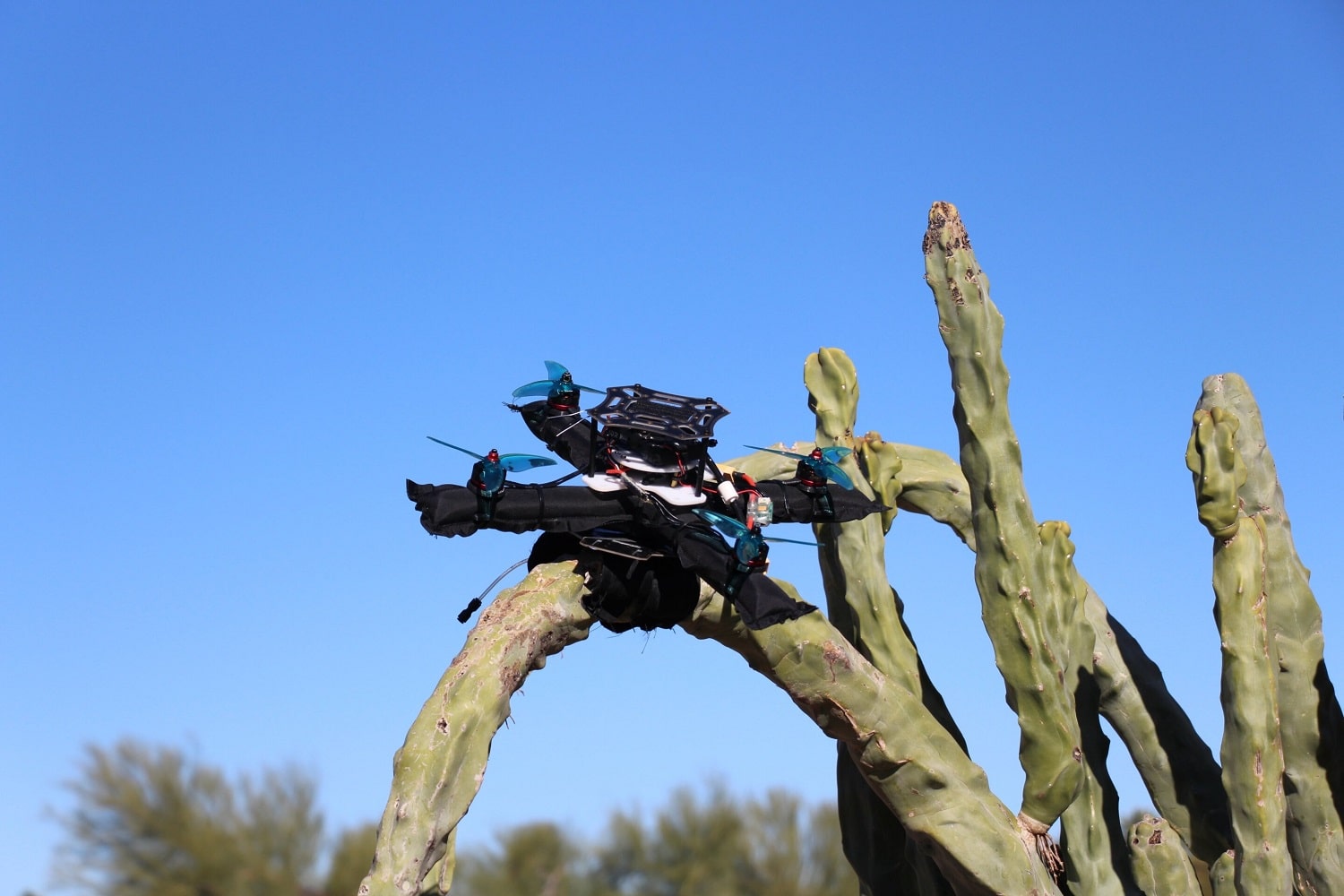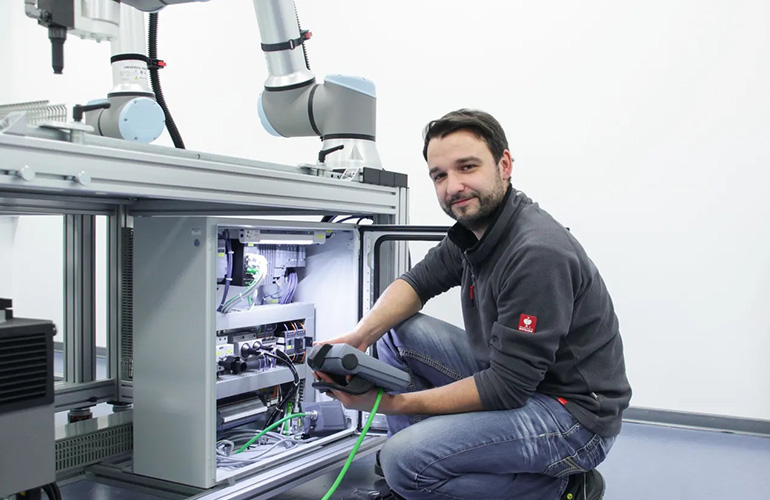Honor announced this week that it will team up with Unitree to create AI-powered robots. In this partnership, Unitree will handle the physical parts - the body, legs, and mechanical systems - while Honor focuses on the "brain" that makes the robot think and learn. The smartphone company isn't stopping there. Honor has also started a special business program to bring together different companies working on robot technology, with a particular focus on human-like robots that can walk and move like people.
Part of Honor's Big AI Push
This robot project fits into Honor's massive five-year plan called "Alpha Plan," which the company revealed in March 2025. Honor has set aside $10 billion to become a major player in artificial intelligence over the next five years.
Honor is following the lead of other Chinese tech giants. Xiaomi has moved into electric cars and smart factory systems, while Oppo is developing AI assistants for its products.
The Robot That Started It All
The partnership began after an impressive showing at the Beijing robot half marathon in April 2025. Twenty-one robots participated in the race, though not all finished. The winner was Unitree's H1+AI robot, which can run at speeds of nearly 4 meters per second - that's about 10-12 kilometers per hour, almost as fast as a human jogger.
This robot's performance caught Honor's attention and led to their collaboration deal.
A Trillion-Dollar Future
Major tech companies see huge potential in humanoid robots. Nvidia, the computer chip giant, calls humanoid robotics a "future trillion-dollar industry." The demand comes mainly from warehouses and factories that need robots to handle repetitive tasks.
Business consulting firm McKinsey predicts the humanoid robot market could be worth $1 trillion by 2045 if the technology becomes widely used in industry. By 2030, the market might reach $150-200 billion.
Investment firm BloombergNEF believes these robots could pay for themselves within 12-18 months when used in warehouses and factories. They expect companies to invest $70-90 billion in robot technology by 2030.
China vs. America in Robot Race
The competition between countries is heating up. More than 100 companies in China are working on humanoid robots, compared to about 50 in the United States.
However, there's a key difference in approach. American companies tend to focus on research and small test projects. Chinese companies, following their usual style, are not just developing robots but also manufacturing them on a large scale.
This means consumers might see Chinese-made humanoid robots in stores and workplaces before American ones hit the market.
What This Means for the Future
Honor's entry into robotics shows how quickly the tech industry is changing. Companies that once made only smartphones are now building robots that could work alongside humans in offices, homes, and factories.
With billions of dollars being invested and major companies like Honor joining the race, humanoid robots may become as common as smartphones in the coming decade.


















